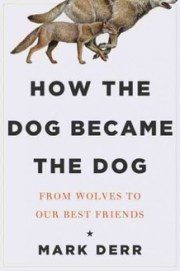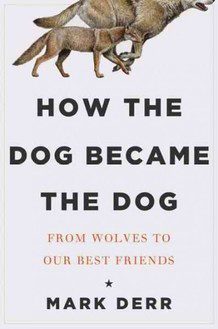 Last week, we took a breathtaking look at animals through the lens of fine art photography. But how does science look at them? How much do we really know about them, even those most familiar to us, “man’s best friend”? In 1959, a Russian scientist by the name of Dmitri Belyaev embarked upon an ambitious experiment in Siberia, seeking to unravel the secret of domestication. He and his team spent many hears breeding the silver fox, a domesticated dog-like fox whose breeding the scientists controlled by selecting only those that showed the most positive response to humans. The experiment continues to this day, resulting in a fox quasi-species with dramatically different behavior and appearance that offers unprecedented insight into how wolves may have become dogs.
Last week, we took a breathtaking look at animals through the lens of fine art photography. But how does science look at them? How much do we really know about them, even those most familiar to us, “man’s best friend”? In 1959, a Russian scientist by the name of Dmitri Belyaev embarked upon an ambitious experiment in Siberia, seeking to unravel the secret of domestication. He and his team spent many hears breeding the silver fox, a domesticated dog-like fox whose breeding the scientists controlled by selecting only those that showed the most positive response to humans. The experiment continues to this day, resulting in a fox quasi-species with dramatically different behavior and appearance that offers unprecedented insight into how wolves may have become dogs.
This fascinating 10-minute segment explores the inner workings of the Silver Fox Experiment, what its drawbacks might be, what it means for the future of how science understands domestication, and what it tells us about the kinds of people we are through the kinds of traits we’ve come to like in dogs.
The theory is that dogs are in many ways like juvenile wolves. It explains how dogs could’ve begun to look so different from the wolves they came from.”
The video is an excerpt from BBC’s excellent The Secret Life of the Dog, gathered in the below playlist for your edutainment:
Every owner will spend an average of [$31,500] on their beloved dog in its lifetime. We treat them as if they’re fellow human beings, with all the thoughts, feelings, and emotions of a family member. It’s an incredibly close relationship — we share our lives, our homes, even our beds with them.”
For more on the domestication of the dog, see Mark Derr’s fantastic new book, How the Dog Became the Dog: From Wolves to Our Best Friends. NPR has a sneak peek.



